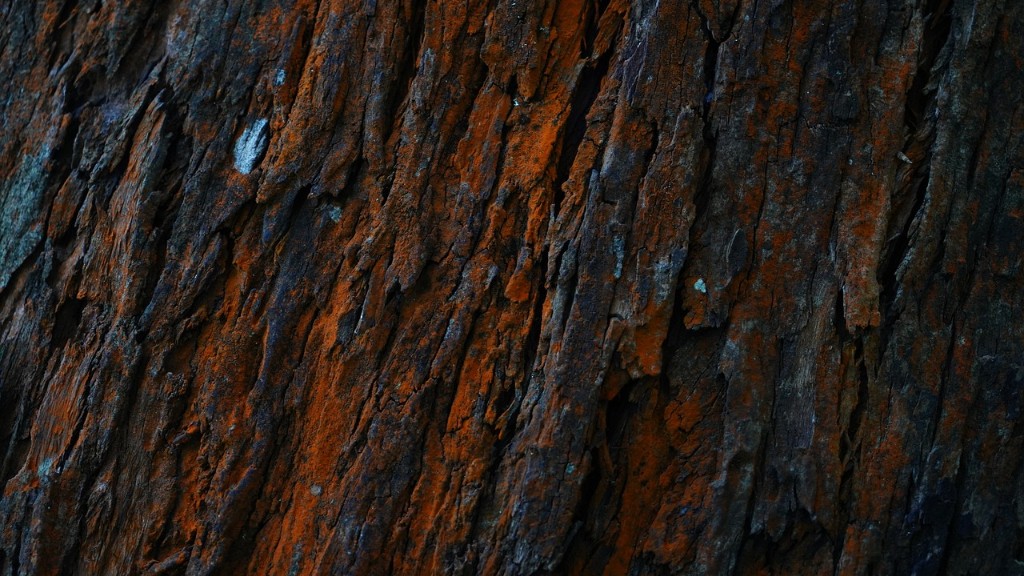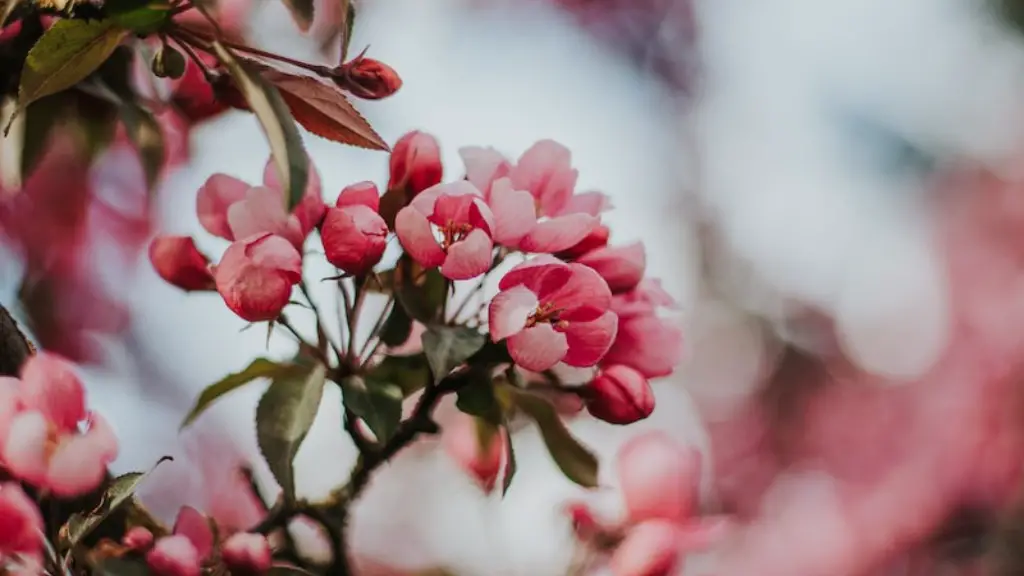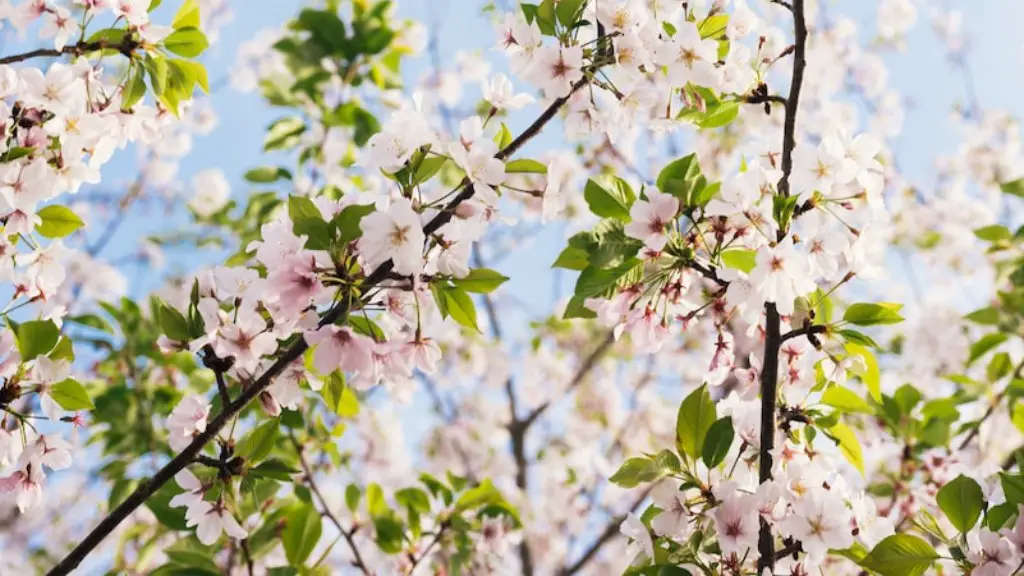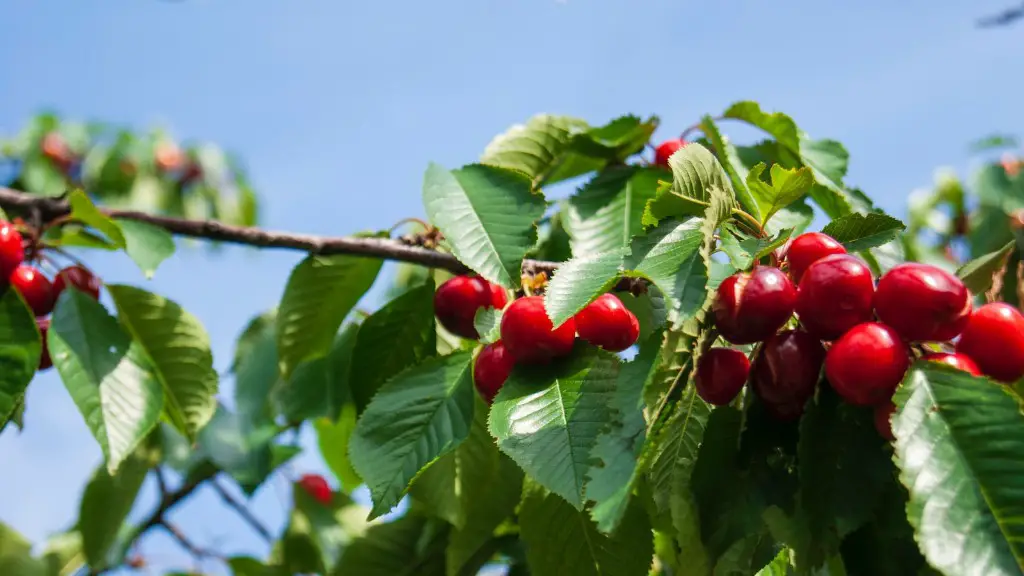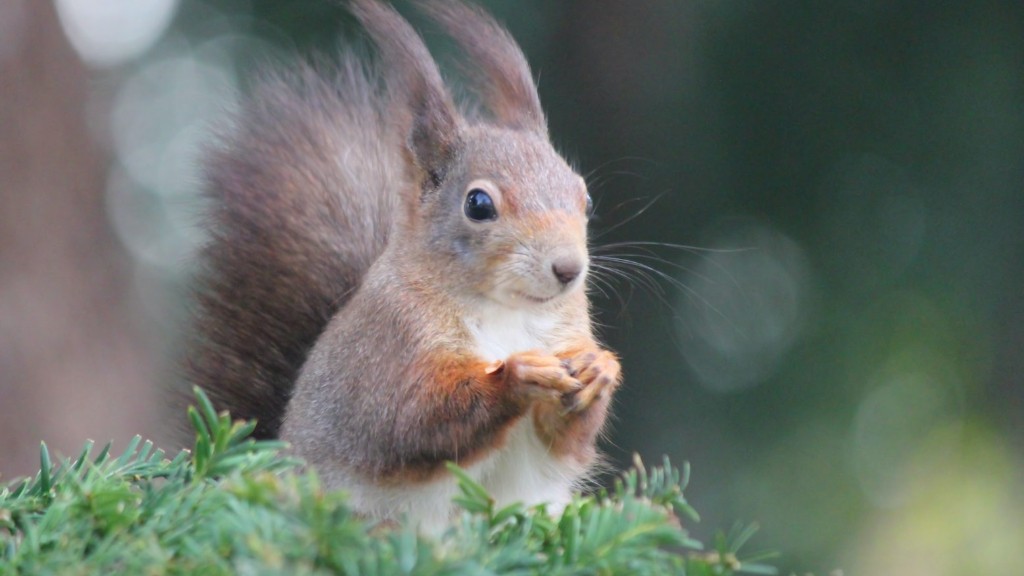Are you looking for a fun and rewarding gardening project? Why not try planting a pecan nut tree from seed? Pecan nut trees are not only beautiful, but they also produce a tasty crop of nuts that can be enjoyed fresh, or used in baking and cooking.
planting a pecan nut tree from seed is not difficult, but there are a few things you need to do to ensure success. First, you will need to find a suitable location for your tree. Pecan nut trees need full sun and well-drained soil. Once you have found the perfect spot, you will need to prepare the soil. Pecan nut trees are deep-rooted, so you will need to dig a hole that is at least two feet deep.
After the hole is prepared, you can plant your tree. Place the seedling in the hole, and backfill with soil. Tamp the soil down gently, and water your tree well. Be sure to keep the soil moist, but not soggy. With a little care and attention, your pecan nut tree will soon be producing a delicious crop of nuts!
The first step is to find a good location for your tree. Pecan trees need full sun and well-drained soil. Once you have found the perfect spot, it is time to plant your tree.
To plant your tree from seed, simplyDig a hole that is twice the width and depth of the seed. Place the seed in the hole and then cover it with soil. Water the area well.
Your tree should sprout in no time. Be sure to keep it well watered and protected from animals and weather. With a little love and care, your tree will thrive and bear delicious pecans for years to come!
How long does it take to grow a pecan tree from seed?
Growing from seeds can be a rewarding experience, but it takes patience and time. The tree may be the same quality as the tree the seed came from, and it can take up to 20 years before you have pecans to harvest. But the process of watching your tree grow from a tiny seedling is an amazing journey.
Pecan trees are generally propagated by grafting, but it is possible to grow them from seed. The seeds should be sown in early spring in a sunny garden bed. The soil should be fertilized with 10-10-10 before planting. After two years, a seedling should be around 4 to 5 feet (1-15 m) tall and ready for grafting.
How long to soak pecan seeds before planting
It is important to soak your pecan seeds in water for 48-72 hours before planting. This will help the seeds absorb enough water to sink and start germinating.
Pecan trees need two or more different cultivars to bare nuts. They require cross pollination for maximum productivity. Pecan trees do not bear fruit until they are between the ages of four and 12 years old. This is determined by the cultivar.
Can you plant just one pecan tree?
Pecan trees require adequate moisture during their first summer after planting. If you are only planting one or two trees, be sure to space them at least 40-60 feet apart so they have room to grow. If you are planning an orchard and will be thinning trees as they grow, you can plant as little as 20 feet apart.
Pecans grown from seed are not true to type. This means that the nut produced by a given variety will not, when planted, produce a tree identical to the parent. In fact, each seedling tree is unique and will have extremely variable nut quality.
What is the best way to plant a pecan tree?
Pecan trees need to be planted deep enough to cover the roots, but no deeper. If planted too deep, the trees may be prone to settling and root damage, preventing growth. In some cases, stakes and twine may be necessary to keep trees level and stable as they develop. Water new trees as soon as they have been planted.
Many nurseries now grow pecan trees in containers and a grower has the choice of planting a container tree versus a bareroot tree. The roots are quite different, but the advantage of the bareroot tree is the food supply in the large taproot system.
What are the tips for planting pecans
Pecan trees are lovely additions to any landscape and can provide you with years of enjoyment. Once you have decided on the perfect spot for your tree, it is important to take the time to properly prepare the planting site. By following these simple tips, you will ensure that your tree has the best chance for a long and healthy life.
dig a hole that is wide and deep enough to accommodate the root system.
wet the roots thoroughly before planting.
prune the taproot of the seedling pecan tree before planting.
Pecan trees have high water requirements, using as much as 60 inches of total water (including rainfall) during the growing season. Georgia receives an average of 50 inches or more of rainfall annually, so the state’s climate is well-suited to growing pecans.
Should you soak seeds overnight before planting?
If you’re looking to soak your seeds overnight, it’s usually best to do so for 8-12 hours. Soaking for more than 24 hours can cause the seeds to start decomposing. However, if you use very hot water, the soaking time will decrease.
If you’re just getting started, soaking seeds before planting can have a dramatic effect on your germination rate and overall success with gardening! Soaking seeds supplies your plants a jump start right at the beginning of their lives.
How can you tell if a pecan tree is male or female
Pecan trees are monoecious, which means that they produce separate male and female flowers on the same plant. Male flowers are located on 4-5 inch long catkins, while female flowers are small, yellowish-green, and grow on spikes at the tips of shoots. This can be advantageous for pollination, as it increases the chances that the pollen will reach the female flowers. However, it also means that if the tree is not properly pollinated, it will not produce any nuts.
When it comes to a single tree, it is not effective in producing pollen. This is because the pollen is either emitted too early or too late to be of use to the female flower. If you want to increase the chances of good pollination, you need to have different varieties of trees within a couple hundred yards.
How much can you make off one pecan tree?
The cost of nurturing and growing a pecan tree for up to 7 years is \$63 Now when it is harvest time, a pecan tree can produce up to 50 pounds of pecans The average retail cost for pecans is \$3 per pound After multiplying 50 X 3, we have $150 which is the profit.
Pecan trees are a type of deciduous tree that is native to the United States. They are typically planted in the fall or winter, when the trees are dormant. Container-grown pecan trees are becoming more available for home gardeners. Pecan trees need full sun and well-drained soil to thrive.
How deep do you plant pecan seeds
Pecan seeds should be sown in deep, 2-gallon plastic nursery containers filled with a mixture of half loam and half horticultural sand. The seeds should be buried at a depth equal to twice their width, which is approximately 2 inches.
Pecan trees are known to grow quite large, so it’s important to keep the branches trimmed. This will prevent them from connecting to other trees or objects and causing damage.
Warp Up
Pecans can be easily propagated from seed, and it’s a great way to get a head start on pecan season. Here’s how to plant a pecan nut tree from seed:
1. Start by soaking the pecan seeds in water for 24 hours. This will help them germinate faster.
2. Plant the seeds in well-draining soil in full sun. Space them about 12 inches apart.
3. Water the seeds regularly, keeping the soil moist but not soggy.
4. Once the seedlings are a few inches tall, you can transplant them into larger pots or into the ground.
5. Be patient—it can take up to 10 years for a pecan tree to bear fruit!
P planting a pecan nut tree from seed can be done with a little know-how and the right tools. With the right care, your pecan nut tree will provide you with fresh nuts for years to come.
